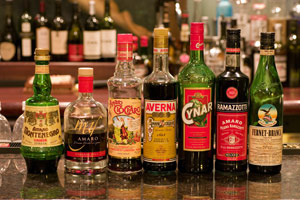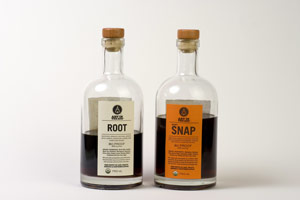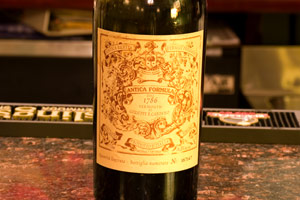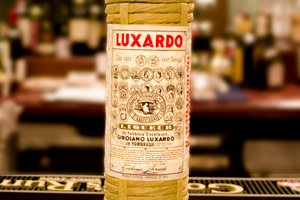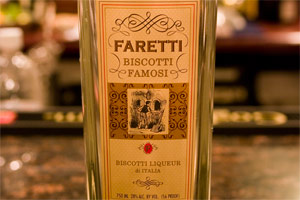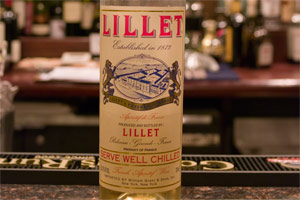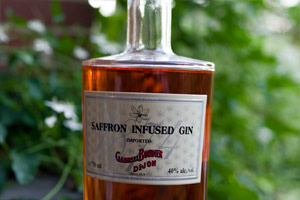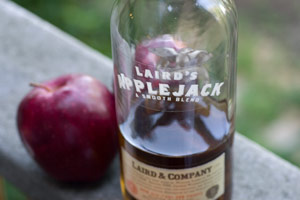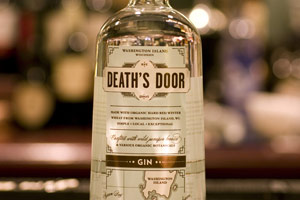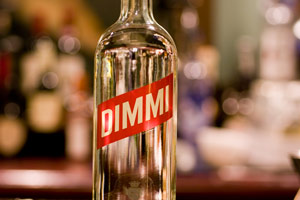Amaro
Seriously, who knows more about overindulgence in food than Italians? Necessity is the mother of invention. That’s how we have amaro or if you have a couple then it’s amari (plural). Italians gave us this bittersweet, herbal liqueur. It actually means “bitter” in Italian. It’s usually consumed as an after-dinner digestif in Europe. Amari are typically chock full of ingredients.
